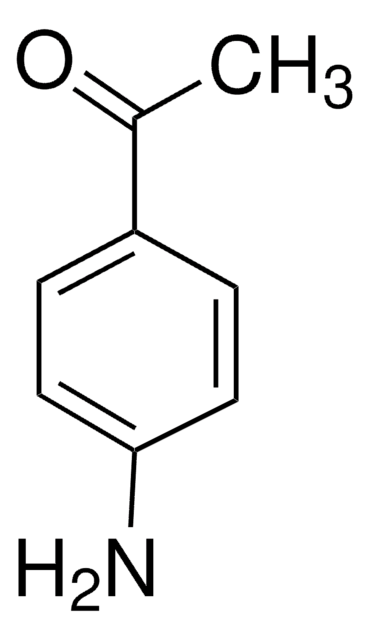T36609
m-Toluic acid
ReagentPlus®, 99%
Synonym(s):
3-Methylbenzoic acid
Sign Into View Organizational & Contract Pricing
All Photos(4)
About This Item
Linear Formula:
CH3C6H4CO2H
CAS Number:
Molecular Weight:
136.15
Beilstein:
970526
EC Number:
MDL number:
UNSPSC Code:
12352100
PubChem Substance ID:
NACRES:
NA.22
Recommended Products
Quality Level
product line
ReagentPlus®
Assay
99%
bp
263 °C (lit.)
mp
107-113 °C (lit.)
density
1.054 g/mL at 25 °C (lit.)
SMILES string
Cc1cccc(c1)C(O)=O
InChI
1S/C8H8O2/c1-6-3-2-4-7(5-6)8(9)10/h2-5H,1H3,(H,9,10)
InChI key
GPSDUZXPYCFOSQ-UHFFFAOYSA-N
Looking for similar products? Visit Product Comparison Guide
Related Categories
Legal Information
ReagentPlus is a registered trademark of Merck KGaA, Darmstadt, Germany
Signal Word
Warning
Hazard Statements
Precautionary Statements
Hazard Classifications
Eye Irrit. 2
Storage Class Code
11 - Combustible Solids
WGK
WGK 3
Flash Point(F)
302.0 °F
Flash Point(C)
150 °C
Personal Protective Equipment
dust mask type N95 (US), Eyeshields, Gloves
Choose from one of the most recent versions:
Already Own This Product?
Find documentation for the products that you have recently purchased in the Document Library.
Customers Also Viewed
A Cebolla et al.
Applied and environmental microbiology, 62(1), 214-220 (1996-01-01)
A simple procedure to detect the switching on and off of catabolic promoters of Pseudomonas putida, at the level of single cells based on the immunodetection of a reporter epitope expressed on the surface of bacterial cells, has been developed.
M A Kivisaar et al.
Journal of bacteriology, 171(9), 5111-5116 (1989-09-01)
The utilization of phenol, m-toluate, and salicylate (Phe+, mTol+, and Sal+ characters, respectively) in Pseudomonas sp. strain EST1001 is determined by the coordinated expression of genes placed in different plasmids, i.e., by a multiplasmid system. The natural multiplasmid strain EST1001
M T Gallegos et al.
Journal of bacteriology, 178(8), 2356-2361 (1996-04-01)
Growth of Pseudomonas putida (pWWO) on alkylbenzoates requires the expression of the meta pathway operon, which is mediated by the XylS protein after binding of a benzoate effector. Alternatively, in cells growing on toluene or its aromatic alcohols, overexpression of
I Sarand et al.
Journal of applied microbiology, 86(5), 817-826 (1999-05-29)
The tolerance to, and degradation of m-toluate by Scots pine (Pinus sylvestris), a symbiotic mycorrhizal fungus (Suillus bovinus) and Pseudomonas fluorescens strains, with or without m-toluate-degrading capacity, was determined individually and in all symbiotic/associative plant-microbe combinations. Fungal survival on medium
G M Stephens et al.
Journal of general microbiology, 133(7), 1891-1899 (1987-07-01)
The effect of various lipophilic weak acids on the stability of certain TOL plasmids was investigated. Benzoate induced deletion of TOL plasmid DNA in Pseudomonas putida MT15, followed by loss of the plasmid; this effect was pH- and concentration-dependent, suggesting
Our team of scientists has experience in all areas of research including Life Science, Material Science, Chemical Synthesis, Chromatography, Analytical and many others.
Contact Technical Service












